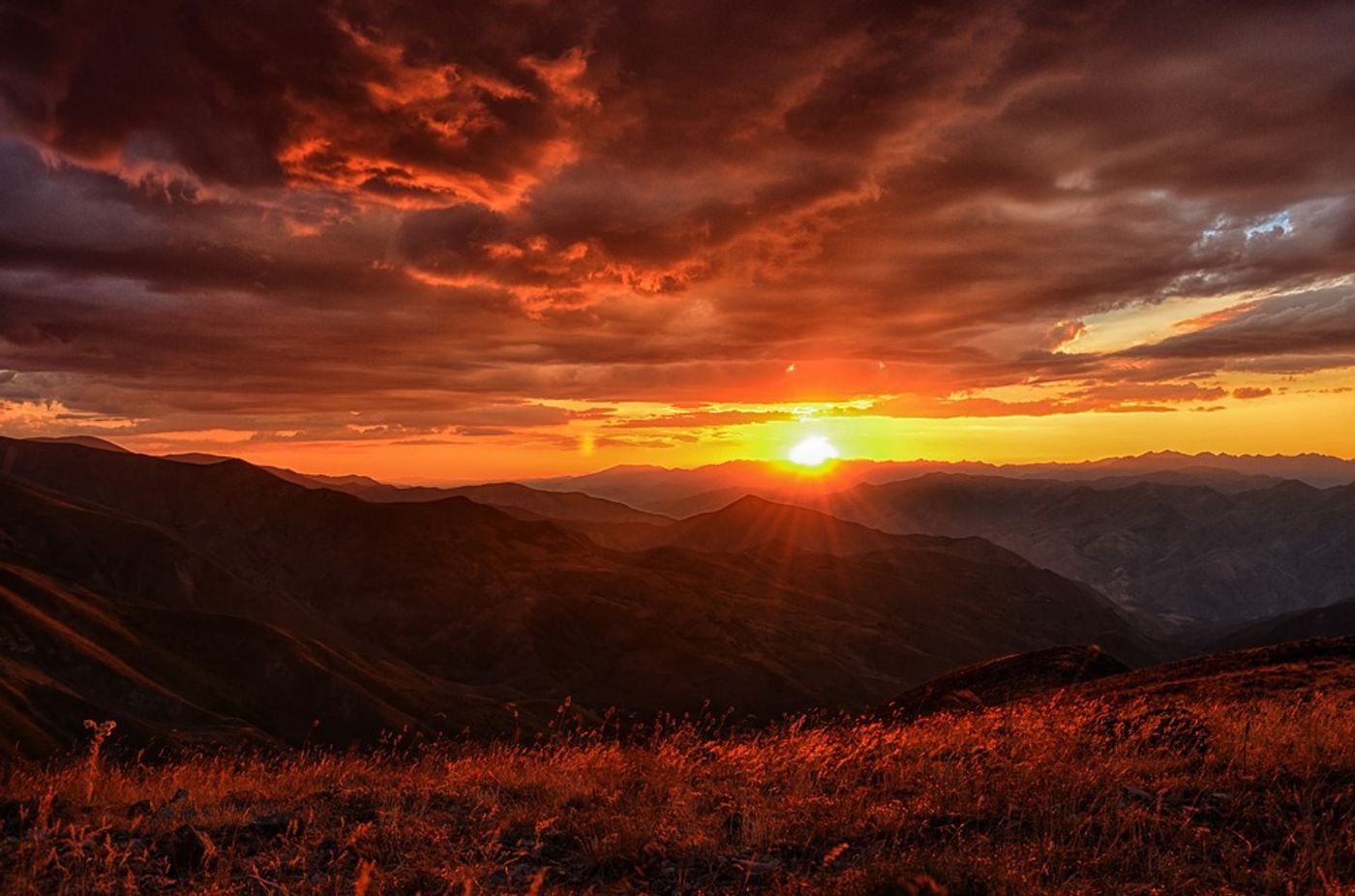The answers are in the land
A new report published in Science Advances recently offers a glimmer of hope for our bleak climate change-ridden future: invest in trees. The authors of the study suggest that strategizing natural climate solutions, which include conservation, restoration, and improved land management interventions on natural and agricultural lands, could be the tool we use to draw us out of our doomsday depths to avoid greenhouse gas emissions and increase carbon storage potential.
Some of the specific natural solutions the authors explain include replanting trees on degraded lands, adapting logging practices to better protect existing forests and sequestering more carbon in farmland soils through new agricultural techniques.
The researchers on the cause predict that if we correctly implement these natural strategies, the United States could offset as much as 21% of national annual greenhouse gas emissions – i.e. the equivalent of taking every single car and truck in the country off the road!
“We’re not saying these strategies are a substitute for getting to zero-carbon energy; we still need to do that too,” said Joseph E. Fargione, a scientist at the Nature Conservancy and lead author of the study. “But we think that natural climate solutions generally get overlooked. And we found a lot of opportunities here to help mitigate climate change.”
This research comes at a peak time when states, cities, and towns around the country are banding together to fight back against climate change. This year, California, New York, Hawaii, and 13 other states partnered together in a commitment to explore how to better manage land in ways that will counteract climate change. Focusing on the impacts that land management practices have on greenhouse gas emissions is a relatively new technique, explains the New York Times. Most states have historically concentrated on “track[ing] the emissions coming out of their power plants and vehicles; they have not traditionally studied how much carbon is released into the atmosphere when, say, grasslands are plowed up and converted into cropland.”
But though the idea is young, its potential is vast, as long as policymakers are willing to cooperate. Claire Jahns, the assistant secretary for climate issues at the California Natural Resources Agency commented, “There’s a growing recognition that we’re not going to hit our state climate targets without paying attention to our lands and the physical environment.”
Sources: Science Advances, NY Times










